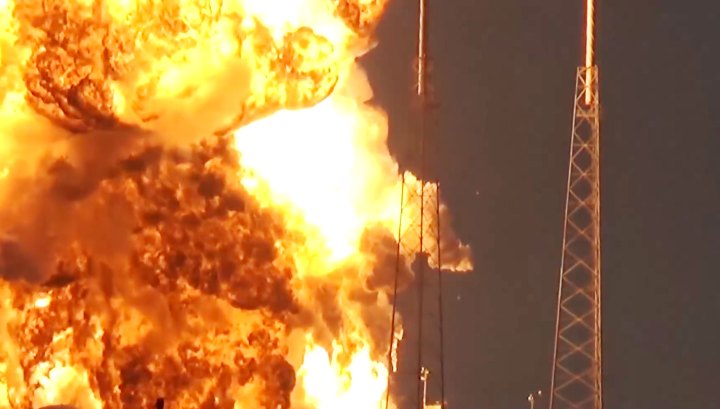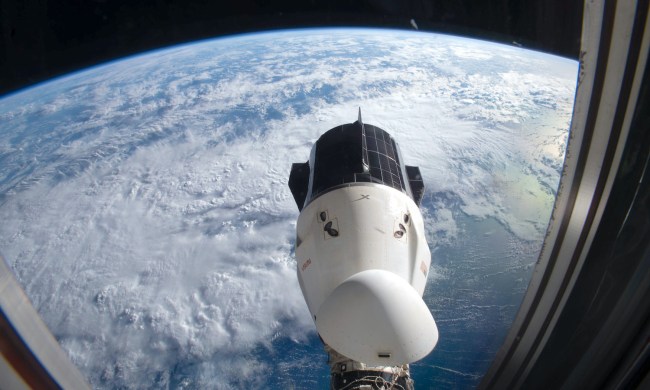
Musk told CNBC’s Squawk Box on Friday that as liquid oxygen flowed into the second stage tank, it actually froze, causing a catastrophic failure. Getting oxygen to freeze solid is fairly difficult to do: the gas freezes at a temperature of -362 degrees Fahrenheit.
“I think we’ve gotten to the bottom of the problem,” Musk told CNBC. “Really surprising problem that’s never been encountered before in the history of rocketry.” He added it was the most difficult problem to solve in the company’s short 14-year history.
The explosion has caused a good deal of harm to SpaceX. The company was supposed to use one of its rockets to ferry supplies to the International Space Station this month, but that flight was canceled and not rescheduled. Instead, NASA is using a rocket from competitor OrbitalATK, with that launch scheduled for the spring.
SpaceX also has a contract to get astronauts to the SpaceX station starting as early as 2018, but that, too, might be in jeopardy without assurances that an incident like this does not happen again. The company’s engine design might prove problematic.
Liquid oxygen is cooled to a level that brings it just 22 degrees or so from its freezing point, about 40 degrees colder than traditional methods. While SpaceX says this improves thrust, it also requires that astronauts be in the launch vehicle before it is fueled. Traditionally, astronauts are held off the rocket until it is clear that fueling has occurred safely.
That’s gotten the attention of some officials. In December, retired Air Force Lt. Gen. Thomas P. Stafford, head of a space station advisory committee, slammed the plan, saying it was “contrary to booster safety criteria that has been in place for over 50 years, both in this country and internationally.”


